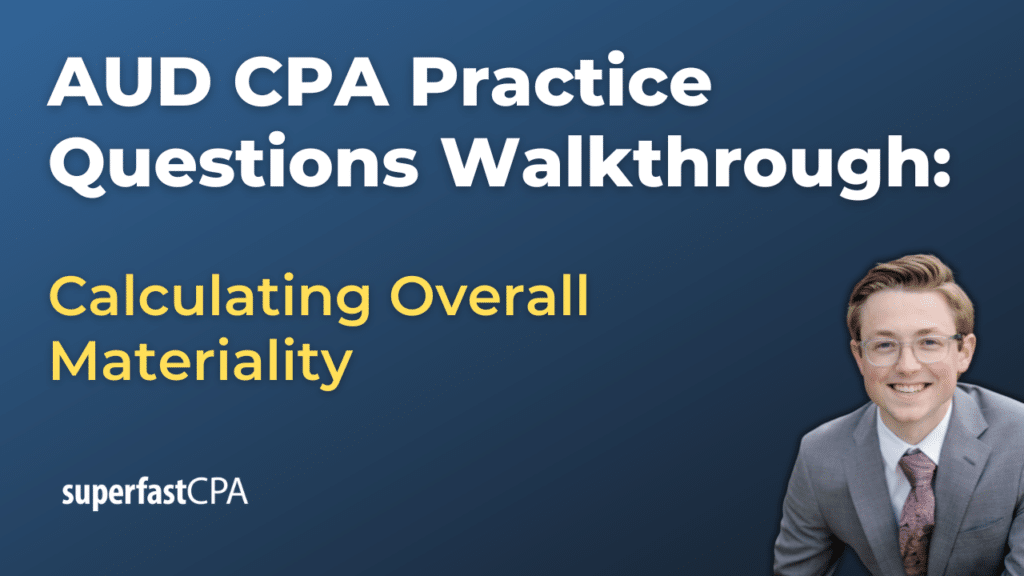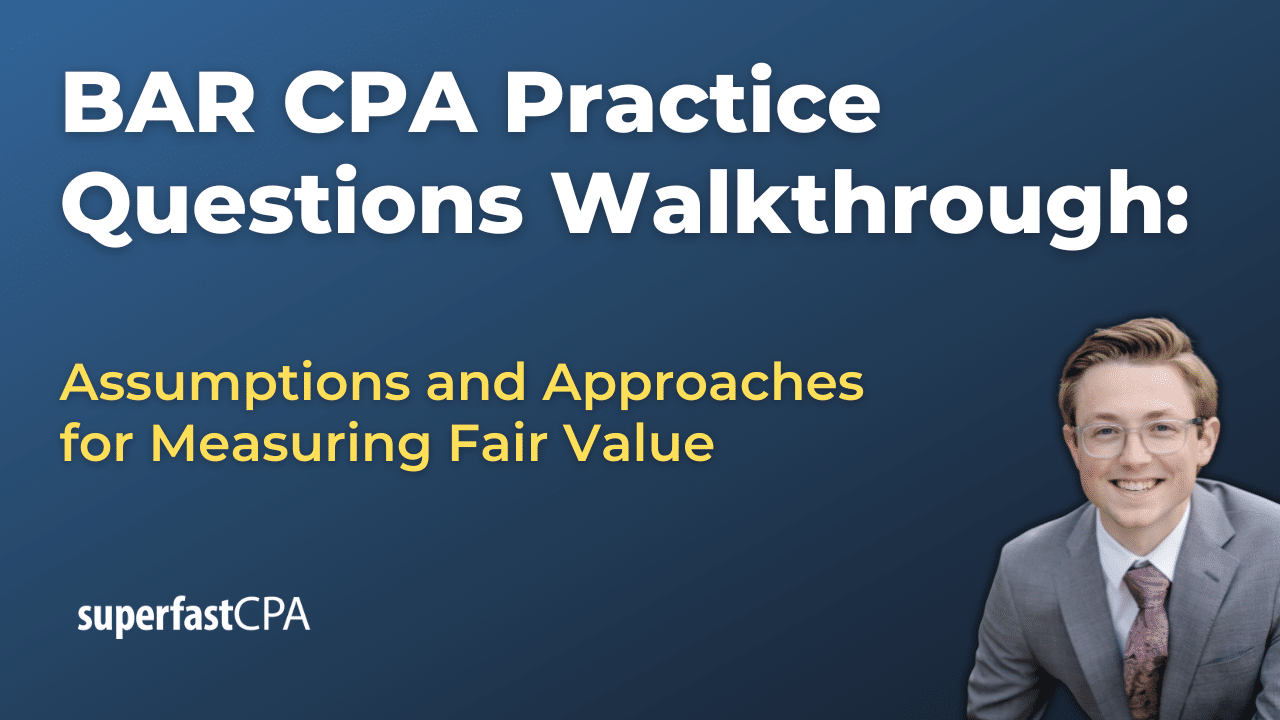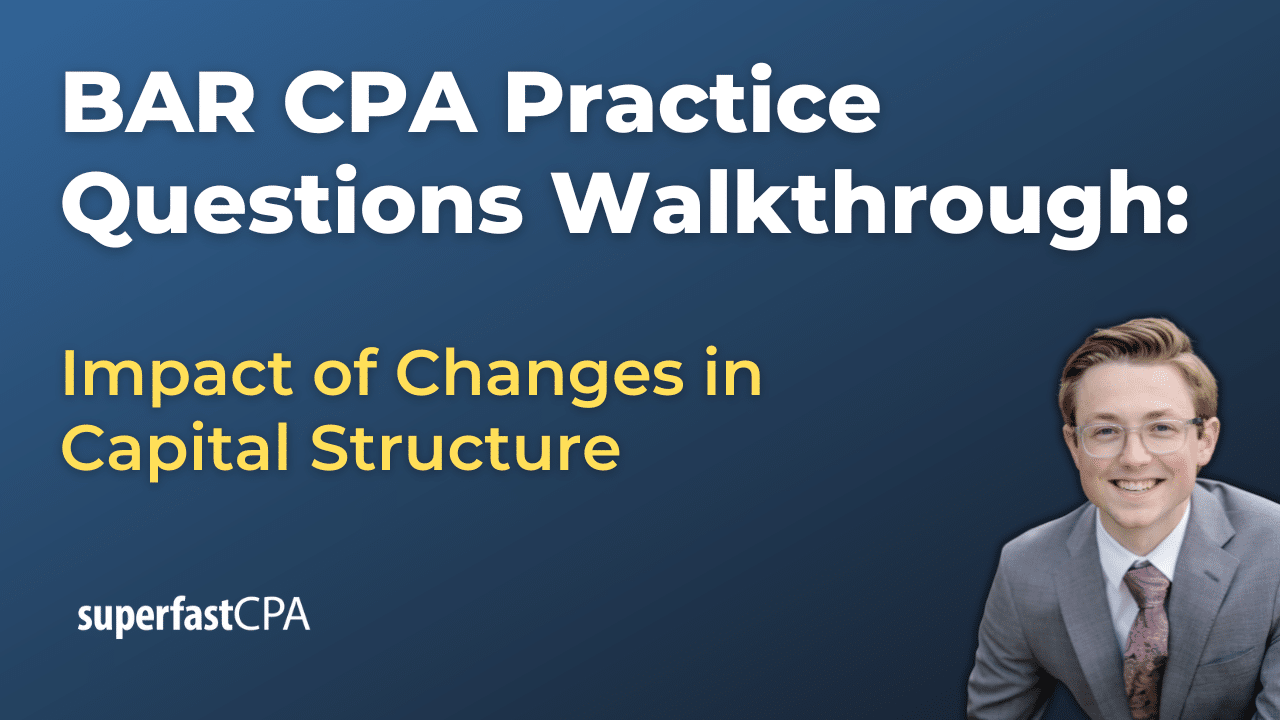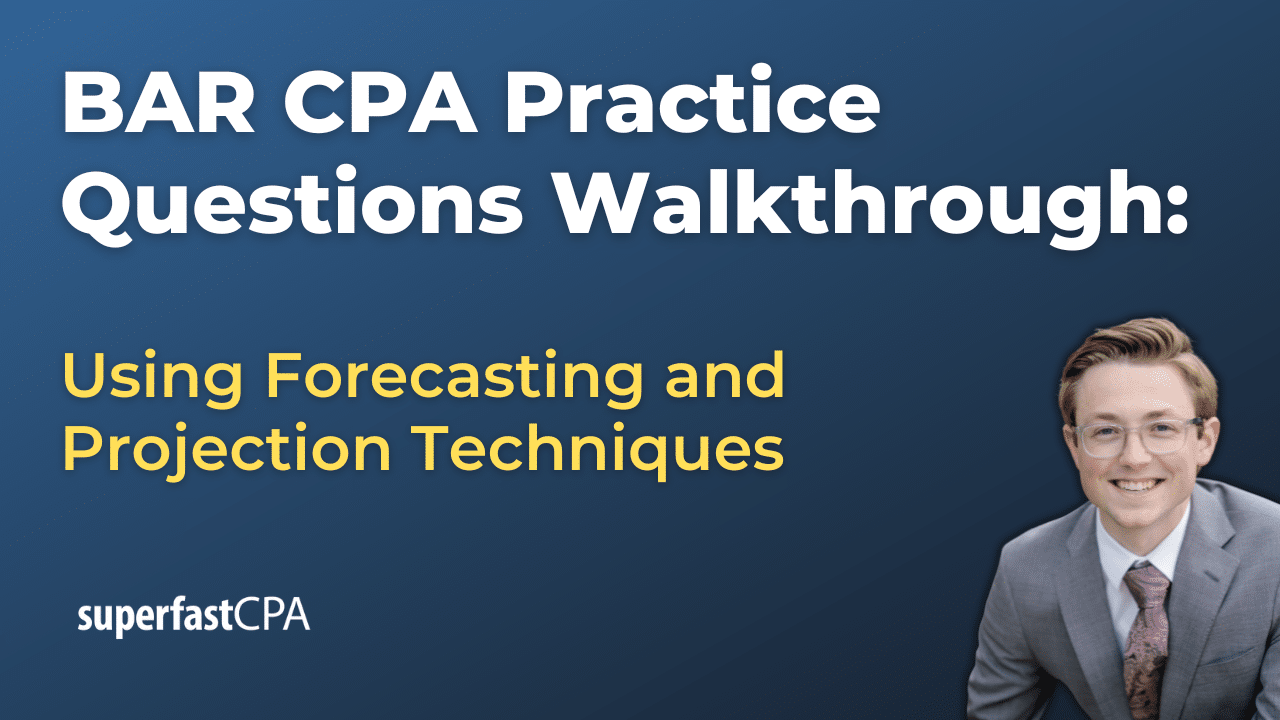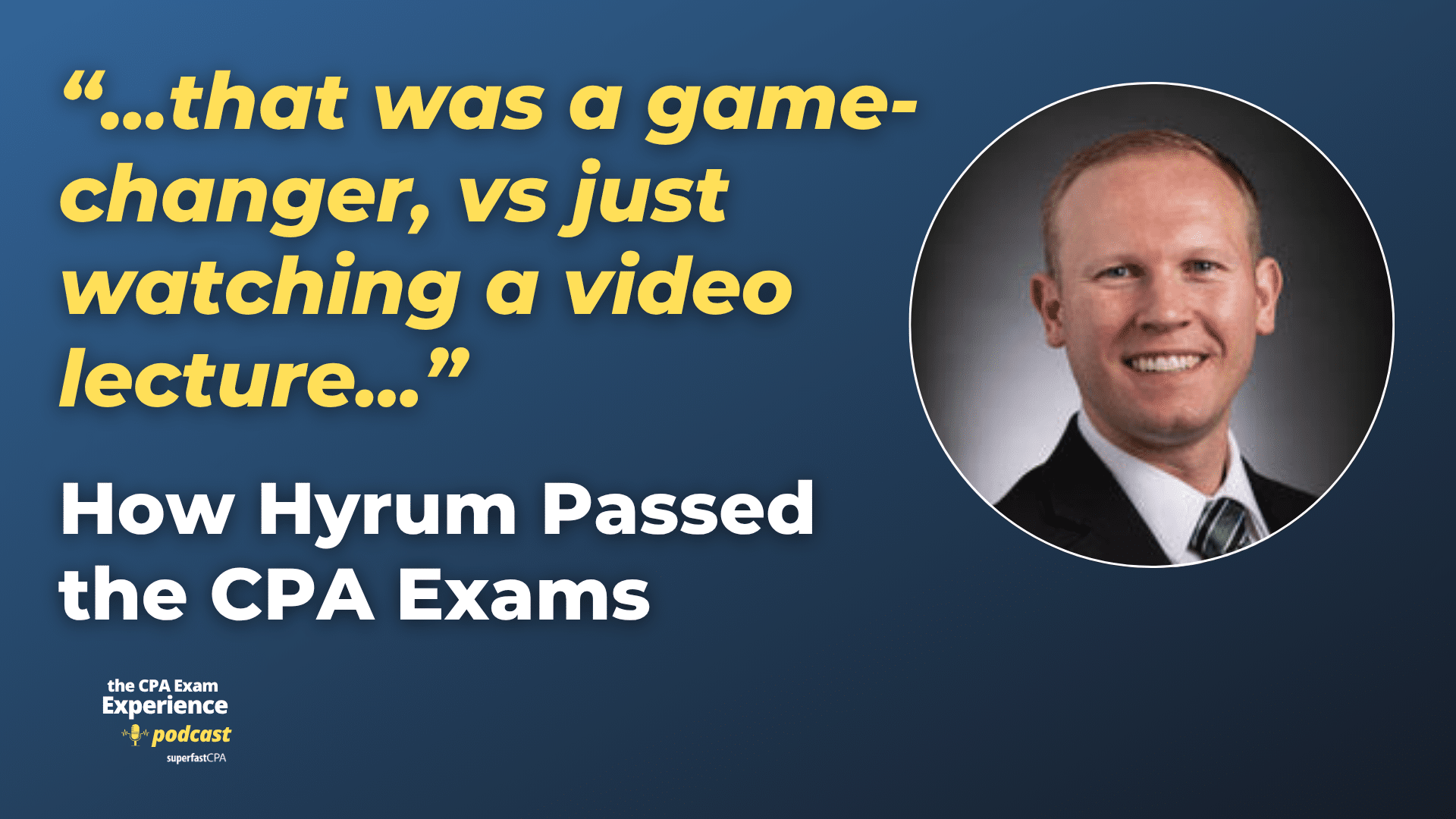In this video, we walk through 4 AUD practice questions teaching about calculating overall materiality. These questions are from AUD content area 2 on the AICPA CPA exam blueprints: Assessing Risk and Developing a Planned Response.
The best way to use this video is to pause each time we get to a new question in the video, and then make your own attempt at the question before watching us go through it.
Also be sure to watch one of our free webinars on the 6 “key ingredients” to an extremely effective & efficient CPA study process here…
Calculating Overall Materiality
Materiality is a key concept in auditing, helping determine what misstatements or omissions could impact financial statement users. Setting the right materiality threshold requires professional judgment, but auditors rely on specific benchmarks and methodologies to make informed decisions. This guide explains how to calculate materiality, covering key benchmarks, percentage ranges, and real-world examples.
Key Factors in Determining Materiality
Auditors assess company size, industry norms, financial stability, and financial statement users when setting materiality. Common benchmarks include:
- Total Assets – Useful for asset-heavy industries like banking or manufacturing.
- Revenue – Important for companies where revenue is a key performance measure, such as retail businesses.
- Net Income (Profit Before Tax) – Commonly used when profitability is the main focus for investors.
- Equity or Debt Levels – Relevant for companies with high leverage, where financial structure is a key concern.
Four Key Areas in Materiality Calculations
This breakdown highlights four essential aspects of materiality calculations, along with practical examples.
1. Selecting the Right Benchmark for Materiality
Choosing the appropriate benchmark depends on the company’s financial structure. For example, if a company has total assets of $12 million and net income of $2 million, auditors might compare:
- 0.75% of total assets: 0.75% × $12,000,000 = $90,000
- 4% of net income: 4% × $2,000,000 = $80,000
If total assets are the more stable figure, the materiality threshold would be $90,000.
2. Adjusting for Partial-Year Financials (Annualized Revenue Approach)
When financial statements cover only part of the year, revenue must be annualized. If a company reports six-month revenue of $9 million, the annualized revenue is:
Annualized Revenue = 9,000,000 × 2 = 18,000,000
If materiality is based on 3.5% of revenue, the calculation is:
18,000,000 × 3.5% = 630,000
This adjustment ensures a fair materiality threshold that reflects the company’s full-year activity.
3. Using Financial Ratios to Determine Materiality
Some auditors consider financial ratios when setting materiality. If a company has a debt-to-equity ratio exceeding 0.8, materiality may be based on a percentage of pre-tax income instead of total assets.
- Debt-to-Equity Ratio = Total Debt ÷ Shareholder Equity
- If the ratio is 1.2 (above 0.8 threshold), the auditor might use 6% of pretax income instead of a percentage of assets.
This approach accounts for financial risk factors that may impact materiality decisions.
4. Applying Percentage Ranges to Benchmarks
Materiality percentages vary depending on the benchmark used:
- Total Assets: 0.5% – 2%
- Revenue: 0.5% – 5%
- Net Income: 3% – 10%
For example, if a company reports $400,000 in profit before tax, applying 6.5% of profit before tax results in:
400,000 × 6.5% = 26,000
Selecting a percentage within industry standards ensures consistency in materiality determinations.
Final Thoughts
Materiality requires professional judgment based on an entity’s financial characteristics. By considering different benchmarks, adjusting for partial-year financials, incorporating financial ratios, and applying percentage ranges, auditors establish meaningful thresholds for financial reporting.

